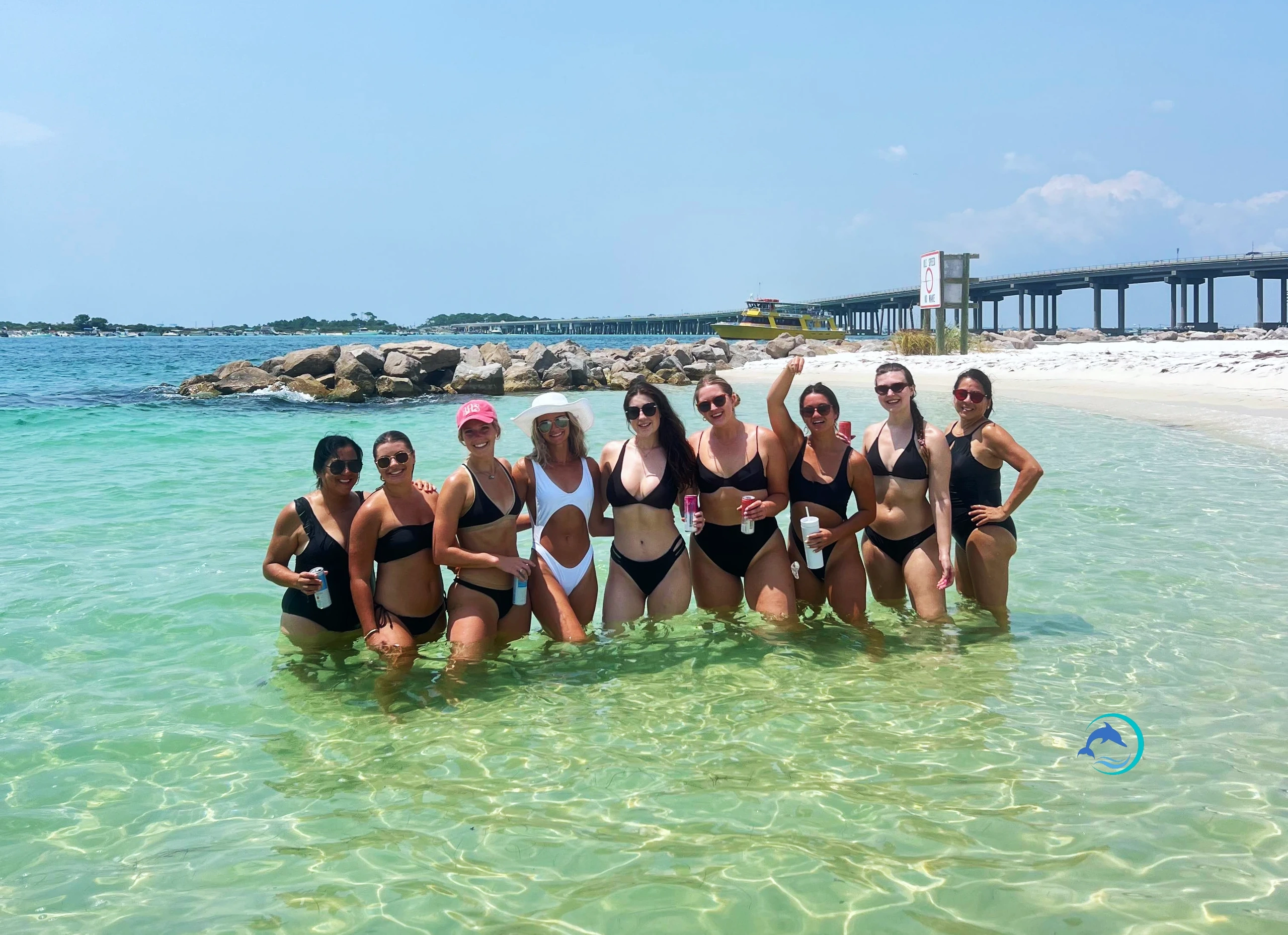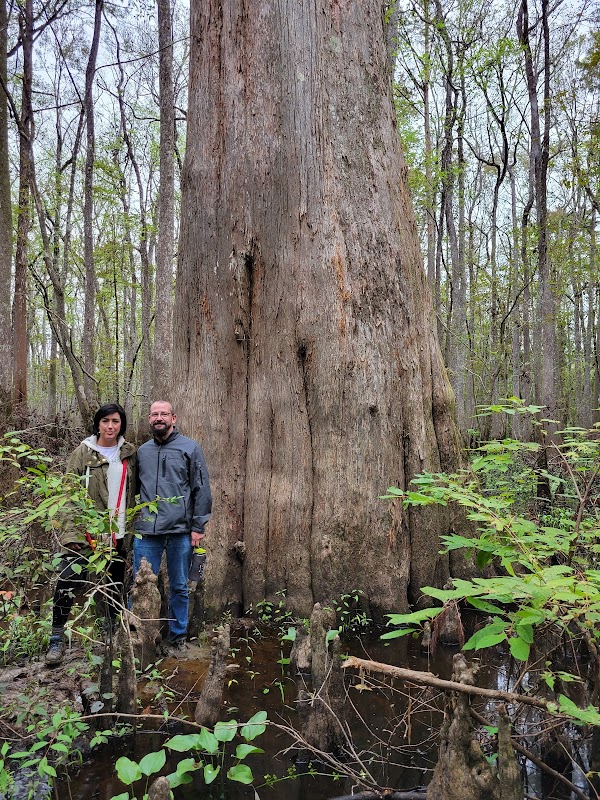Boat trips along the Gulf Coast offer thrilling encounters with shifting currents, tidal twists, and rich marine life. This guide arms you with essential navigation and communication strategies to help you read the water’s clues and stay connected, ensuring a confident and secure adventure on these dynamic waters.
File a Float Plan
Always share your route and expected return time with someone onshore to ensure help can be dispatched if you don’t check in.
Use Updated Nautical Charts and GPS
Navigation hinges on having current charts and reliable GPS—these tools will alert you to sandbars and changing channels.
Carry a VHF Marine Radio
A marine radio tuned to emergency channels provides direct communication to Coast Guard and nearby vessels.
Monitor Weather Frequently
Keep updated on sudden thunderstorm developments with NOAA apps and marine weather radios to avoid being caught off guard.
Navigating Safely and Staying Connected on Gulf Coast Boat Trips

Bachelorette/Bachelor Experience
Celebrate your special occasion with a private boat tour in Miramar Beach, Florida. Crab Island Luxury Adventures offers a luxurious, customizable experience filled with fun, sun, and stunning coastal views. Perfect for bachelorette and bachelor parties, this tour promises memorable moments on the Gulf of Mexico.
The Gulf Coast calls to those who crave the dynamic pulse of water beneath their boat and the horizon stretching wide and inviting. But this coastline—a living, breathing boundary between land and sea—is as demanding as it is beautiful. To navigate safely and communicate effectively during your boat trip here, you need both keen awareness of conditions and a plan that respects the Gulf’s temperamental nature.
Start with plotting your course. The Gulf Coast’s shallow bays, sandbars, and shifting channels often dare you to read their subtle signals: water color changes hint at sandbanks, currents push you forward yet try to slip you sideways. Use updated nautical charts and GPS devices that integrate local tide information to anticipate these changes. Always file a float plan with someone onshore—whether a friend or a marina office—so someone knows where you should be and when.
Communication equipment is your lifeline. A VHF marine radio is essential; it’s the primary way to call for help or receive weather updates. Especially important are channels 16 and 68, used for emergency and vessel traffic communications. For extra coverage, consider a handheld marine radio as backup. Some boaters supplement this with a satellite messenger or EPIRB (Emergency Position Indicating Radio Beacon) in remote areas where cellphone reception vanishes like morning fog.
Weather can flip without warning. The Gulf’s afternoon thunderstorms build fast, their clouds massing like an army threatening to roll over your journey. Keep a weather app on hand that updates frequently and monitor NOAA weather radios. If conditions worsen, seek shelter in a designated marina or protected cove. The coast’s bends and inlets offer natural harbors if you know where to look.
Navigation lights and sound signals aren’t just rules; they’re your voice and beacon after sunset or in low visibility. Ensure your boat’s lights function correctly. A horn or whistle can cut through fog’s quiet like a call from the water itself. These tools help you negotiate with other vessels through darkness or storms, establishing your presence where the Gulf seems a dark, restless creature.
Finally, prepare your boat and crew with safety gear: life jackets, fire extinguishers, throwable flotation devices, and first aid kits. Everyone should wear or have easy access to their life jackets; the Gulf’s currents push without mercy. Hydration is critical too—the sun’s heat and salt spray dehydrate quickly. Store ample fresh water in reach.
Planning and prudence bring freedom. Respect the Gulf’s mood swings and communications protocols; this gives you a foothold of control on these waters that are fiercely themselves, sometimes calm, sometimes a challenge that tests your skills and resolve. The Gulf Coast rewards those who listen, prepare, and engage with it—turning every boat trip into an adventure that’s as safe as it is memorable.
Nearby Trips
All Adventures
Boat Charters
Water Activities
Adventures near Mobile
Discover the unique and memorable adventures that make Mobile special.
Frequently Asked Questions
What is the best way to handle sudden weather changes on the Gulf Coast?
Keep a NOAA weather radio running or an app providing frequent updates, and plan your trips to avoid afternoons when storms often build. Identify nearby safe harbors before heading out, so you can quickly take shelter if conditions deteriorate.
How reliable is cellphone service along the Gulf Coast waterways?
Cellular reception can be spotty or non-existent, especially in more remote bays or farther offshore. Relying on VHF marine radios and having an EPIRB or satellite messenger greatly improves your chances for emergency communication.
Are there lesser-known safe harbors to take shelter during storms?
Yes. Small coves near Dauphin Island and the marshy inlets around Mobile Bay often serve as natural refuges during storms. Familiarize yourself with these spots via local charts and marina advice prior to your trip.
What marine wildlife should I watch for during a Gulf Coast boat trip?
Look for coastal dolphins that often follow boats and manatees near estuarine areas. Seabirds like pelicans and ospreys signal healthy fish populations and can help you determine productive fishing spots.
How important is it to file a float plan in the Gulf Coast?
Extremely important; currents can change course, and weather can rise fast. A float plan ensures someone knows your itinerary and expected return, speeding up rescue efforts if you get into trouble.
What are some common navigation hazards specific to the Gulf Coast?
Sandbars and shallow flats shift seasonally, often silently altering the channels. Tidal currents can push you toward obstacles if you don’t read water signs or use updated charts and GPS.
Recommended Gear
VHF Marine Radio
Critical for emergency communication and receiving real-time weather and vessel traffic updates.
Life Jackets
Personal flotation devices must be worn or readily accessible for every passenger to ensure safety in rough waters.
Waterproof Navigation Charts or Electronic Chartplotter
Guides you through shifting channels and protects against navigational errors in the Gulf’s complex waterways.
Emergency Weather Radio or App
Helps track sudden weather changes crucial for avoiding storms that form swiftly along the Gulf Coast.
Local Insights
Hidden Gems
- "Shell Belt beaches on Dauphin Island offer quiet anchorages away from crowds"
- "The Bon Secour National Wildlife Refuge contains tidal marsh inlets not visible from main channels"
Wildlife
- "Bottlenose dolphins"
- "West Indian manatees"
- "Brown pelicans"
- "Ospreys"
History
"The Gulf Coast waterways were vital trade routes for indigenous peoples and European settlers; remnants of old fishing villages can be spotted near Mobile Bay."
